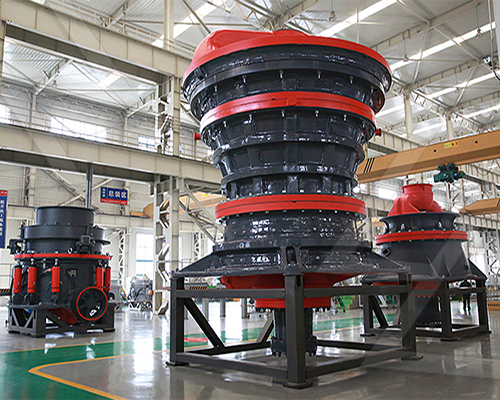Sri Lanka is known for its rich mineral deposits in beach sands, particularly along its southwestern, southern, and eastern coasts. These deposits contain valuable heavy minerals, which are economically significant for industrial applications. Here are the key minerals found in Sri Lanka’s beach sands:
 1. Major Heavy Minerals:
1. Major Heavy Minerals:
– Ilmenite (FeTiO₃) – The most abundant, used in titanium dioxide (TiO₂) production for paints, plastics, and cosmetics.
– Rutile (TiO₂) – A high-grade titanium ore used in pigments and welding rods.
– Zircon (ZrSiO₄) – Used in ceramics, refractories, and nuclear industries.
– Monazite [(Ce,La,Nd,Th)PO₄] – Contains rare earth elements (REEs) and thorium (used in nuclear applications).
– Garnet – Used in abrasives and waterjet cutting.
– Magnetite (Fe₃O₄) – An iron ore mineral.
2. Key Locations:
– Pulmoddai (NE coast) – The most famous deposit, with high concentrations of ilmenite, rutile, and zircon.
– Trincomalee & Batticaloa – Also contain significant heavy mineral sands.
– Hambantota & Matara (South coast) – Smaller but economically viable deposits.
 3. Economic Importance:
3. Economic Importance:
– Sri Lanka is one of the world’s top producers of ilmenite and rutile.
– Zircon and monazite have growing demand in high-tech industries.
– The government and private sector engage in mining through companies like *Lanka Mineral Sands Ltd*.
4. Environmental & Regulatory Concerns:
– Unregulated sand mining can lead to coastal erosion and habitat loss.
– Proper sustainable mining practices are encouraged to prevent ecological damage.
Would you like details on specific extraction methods or export data?





Leave a Reply